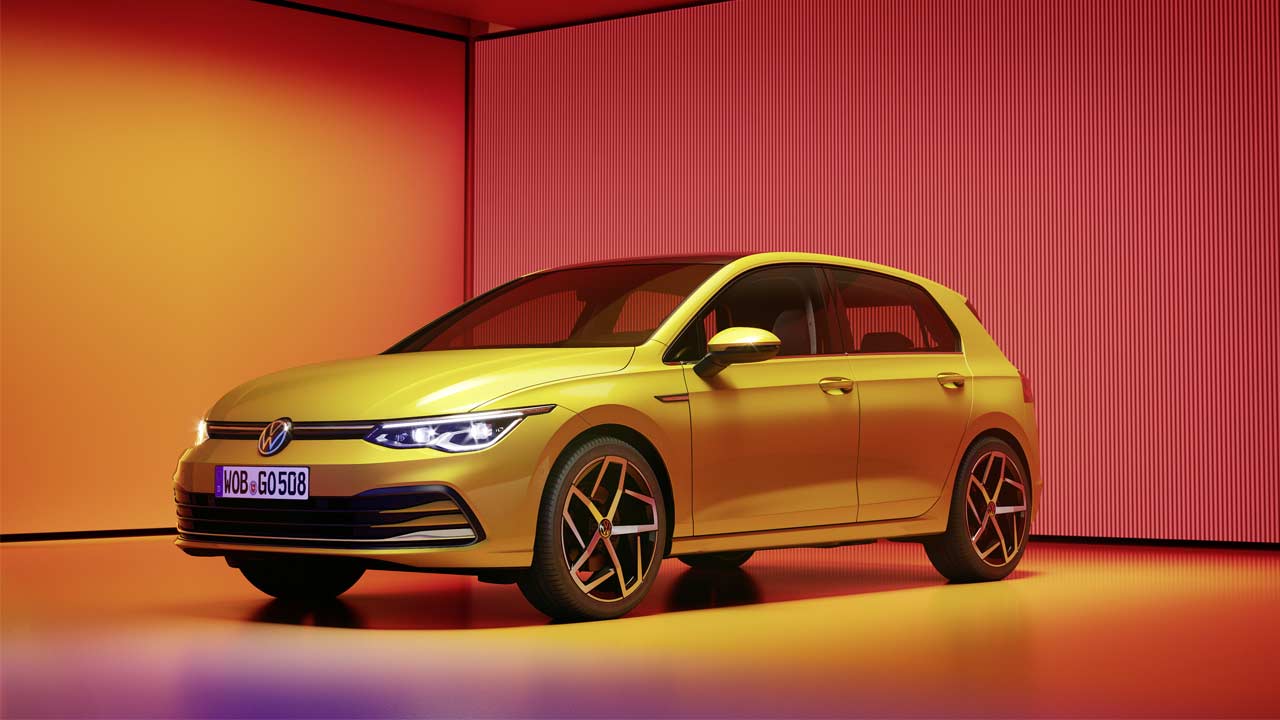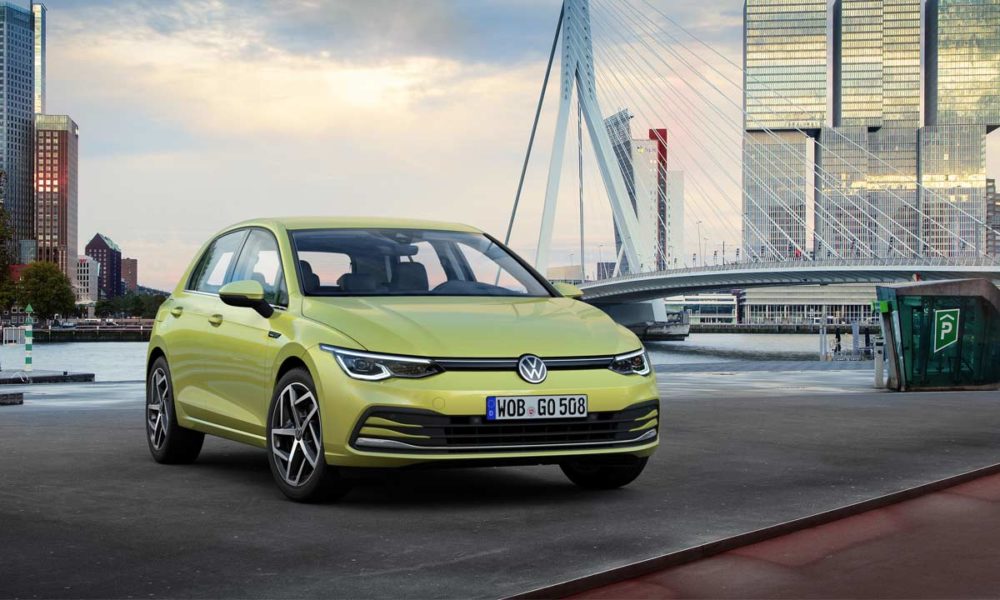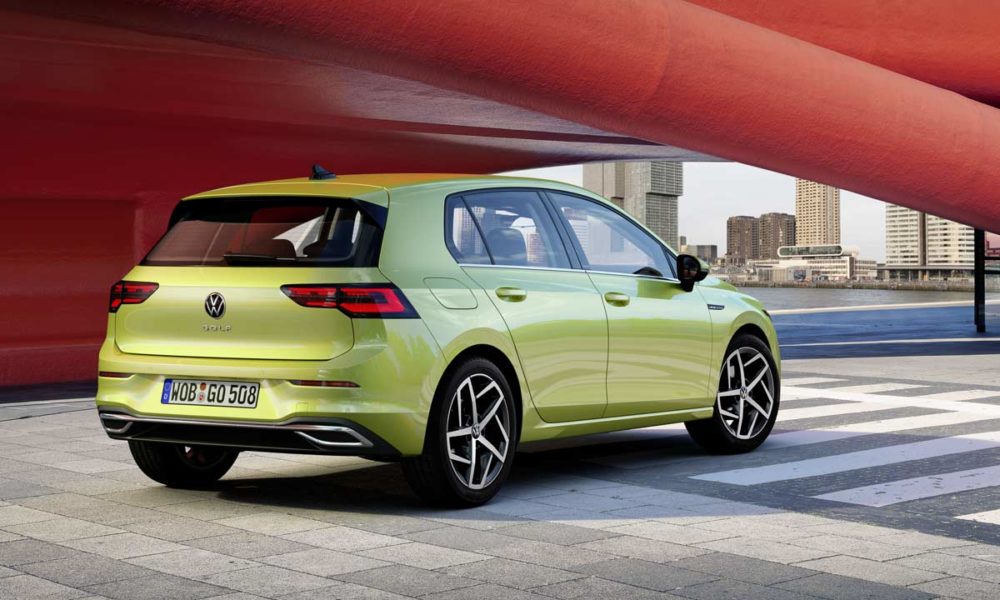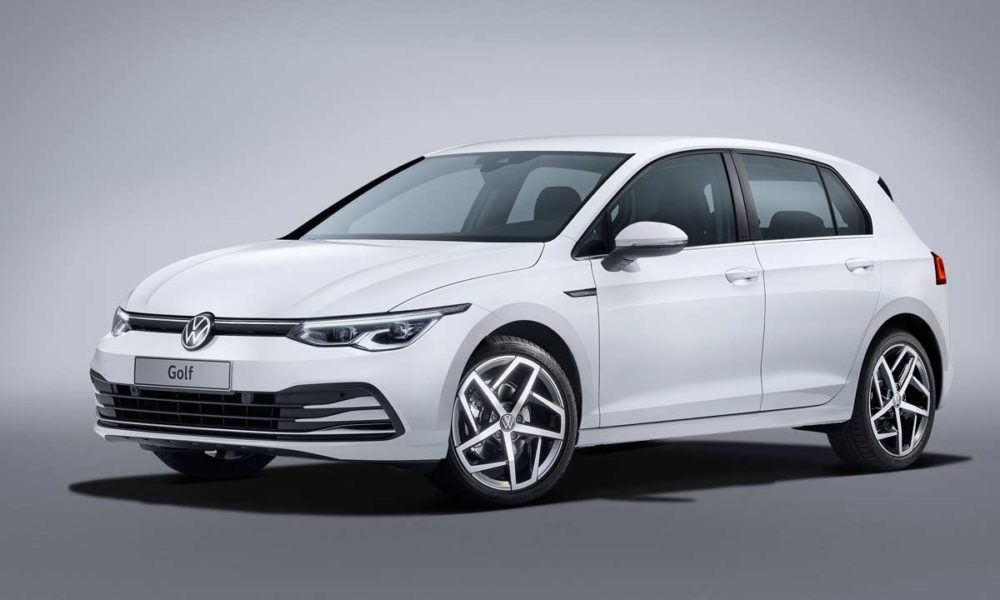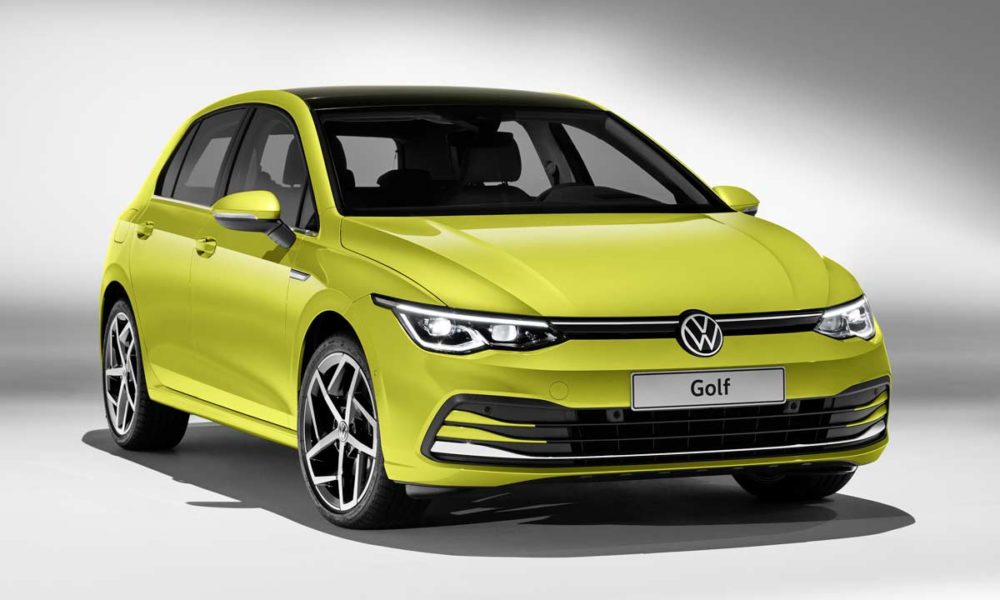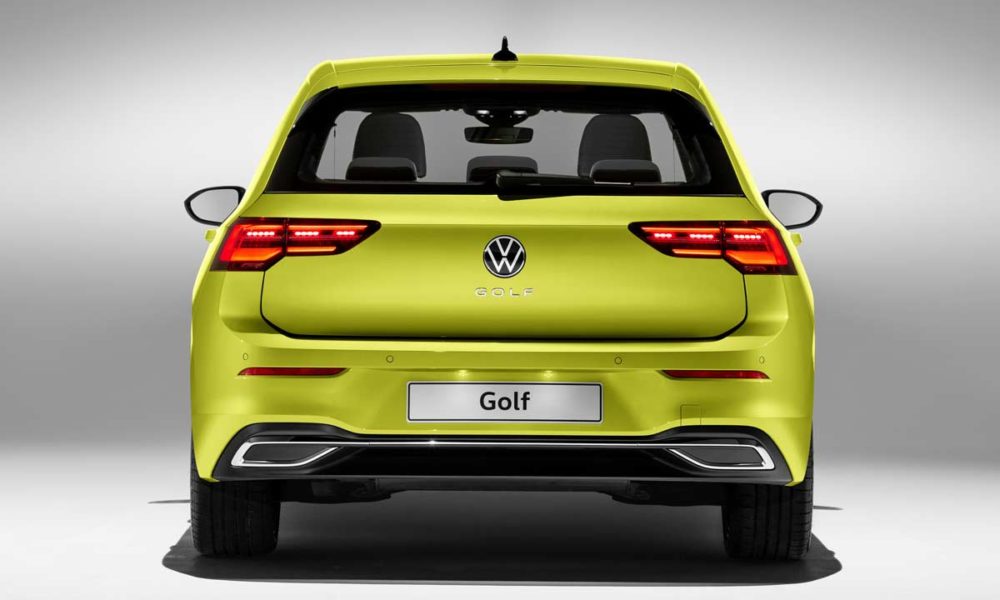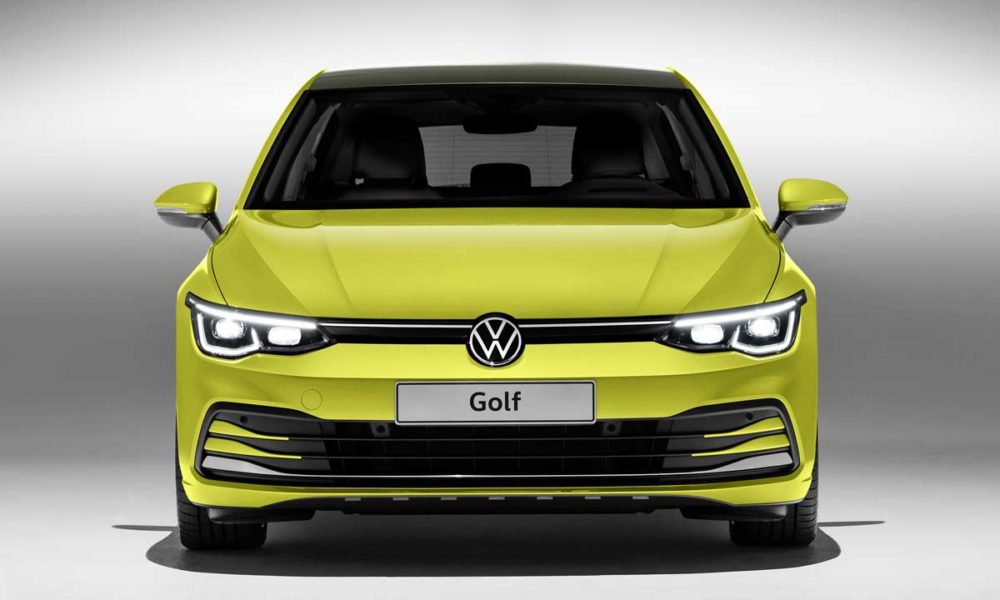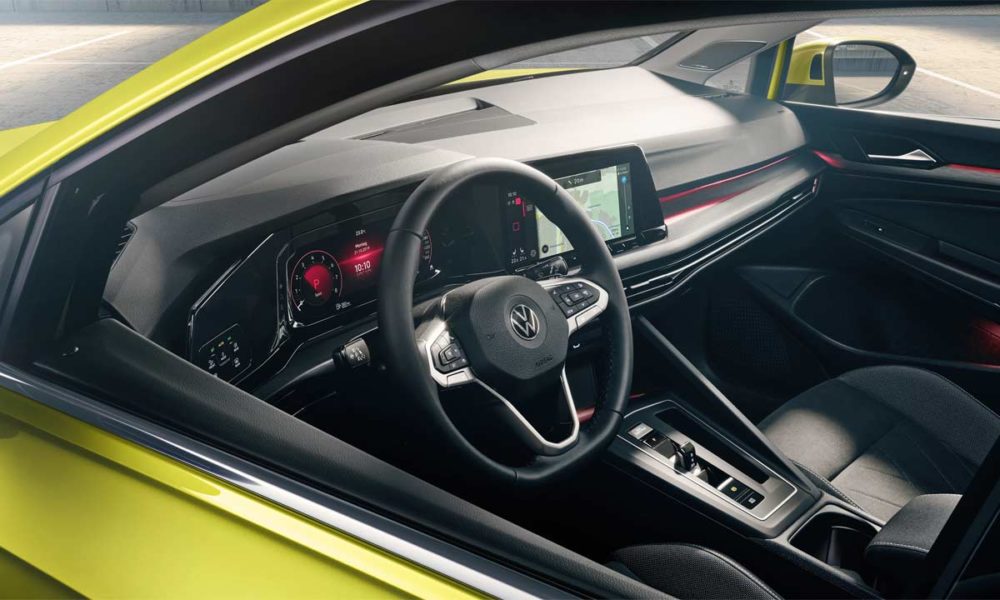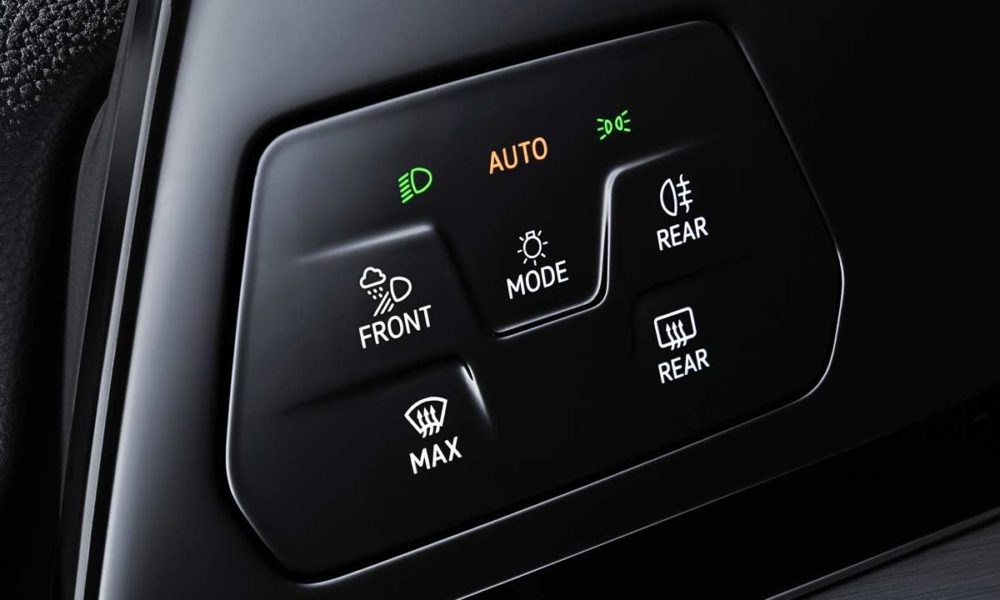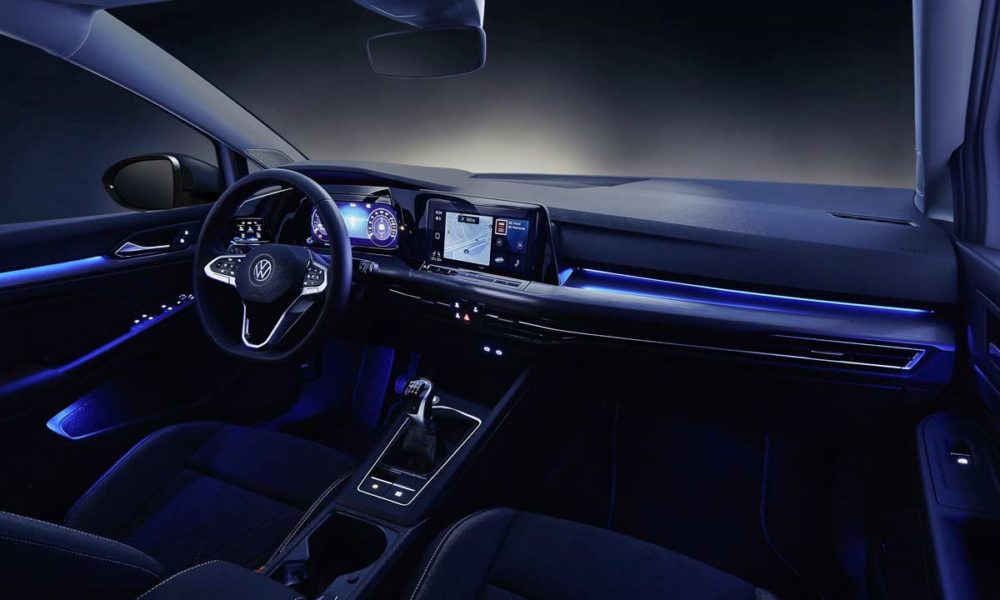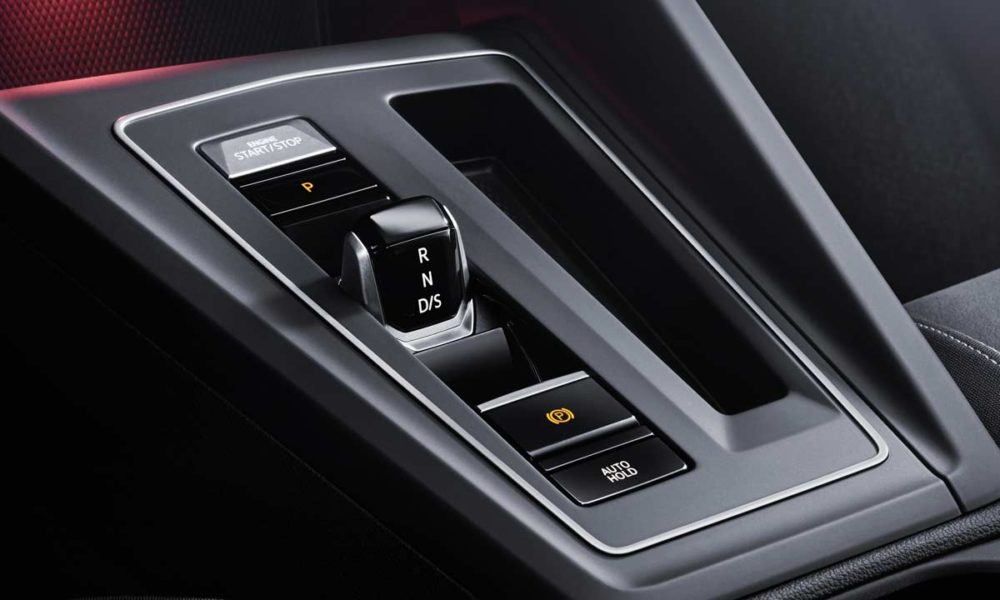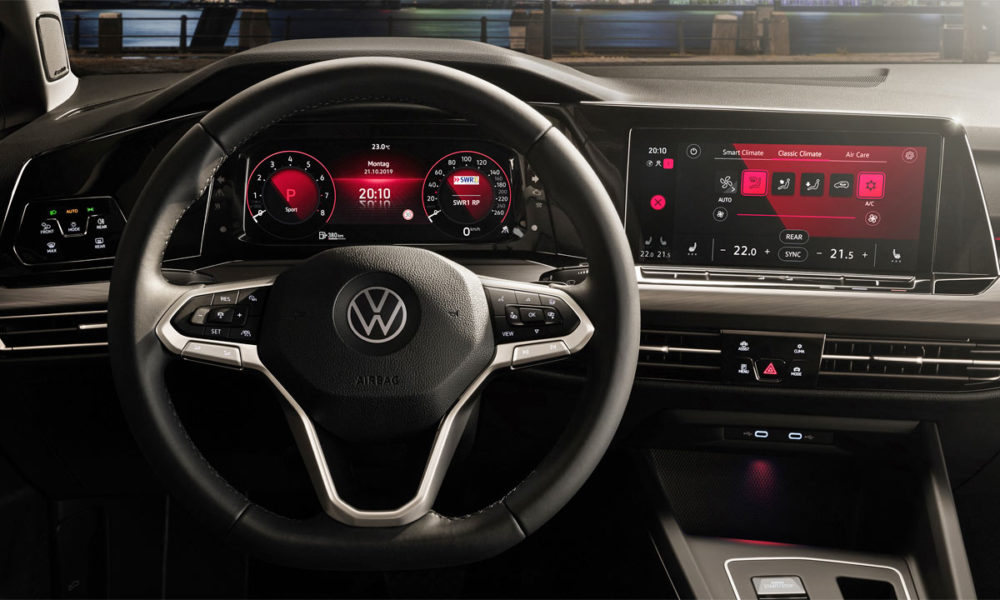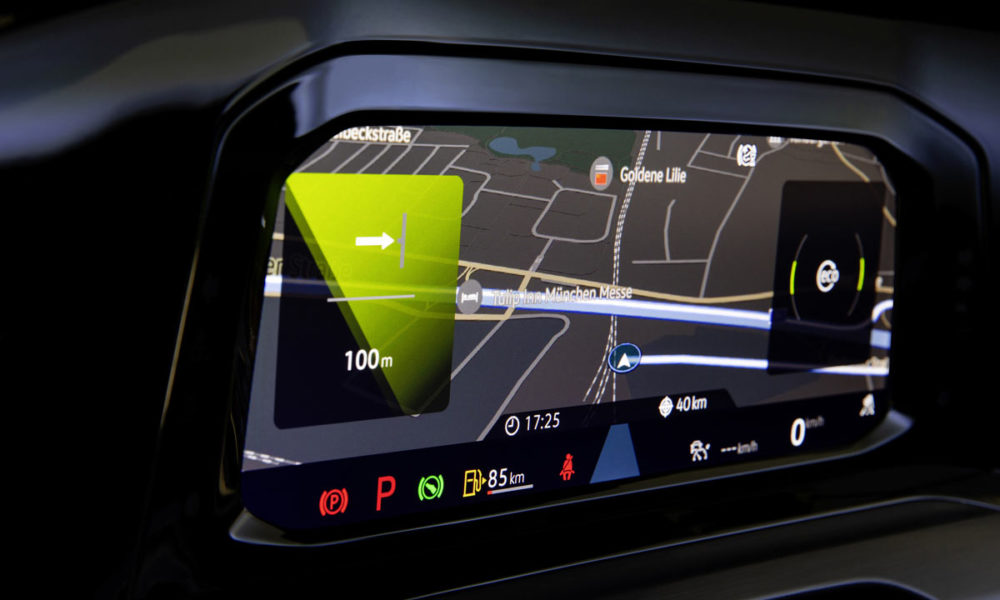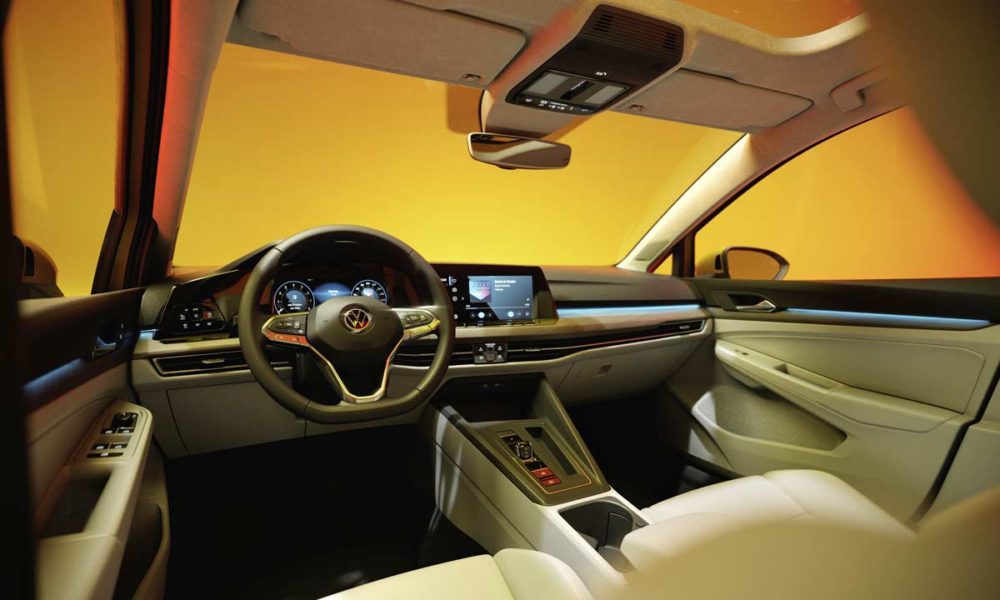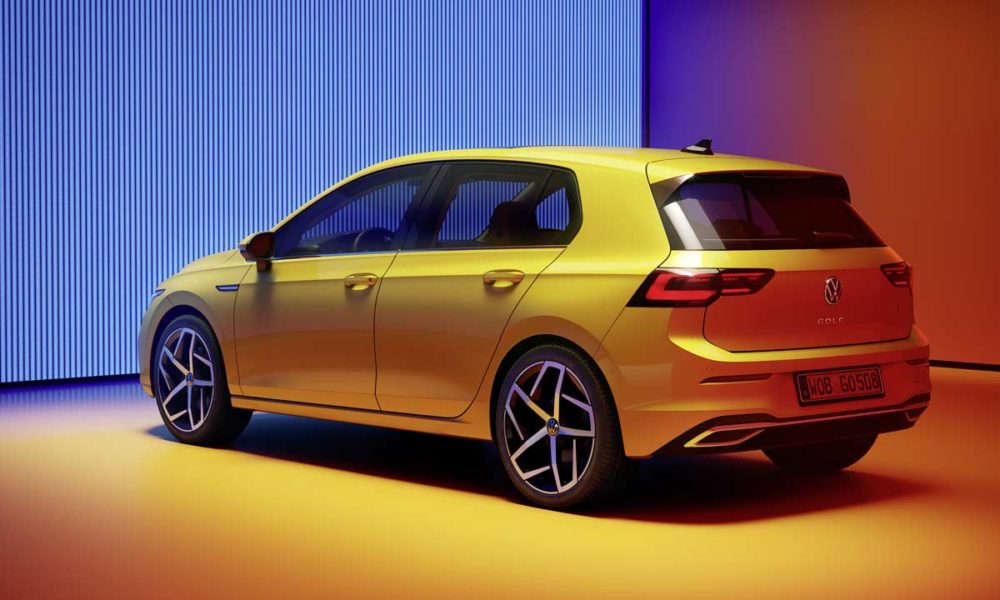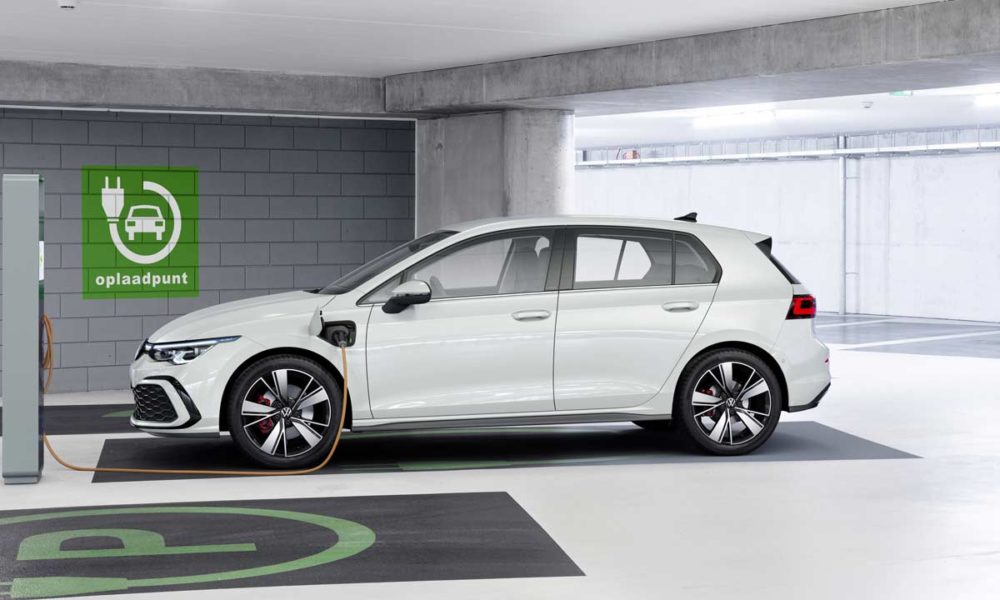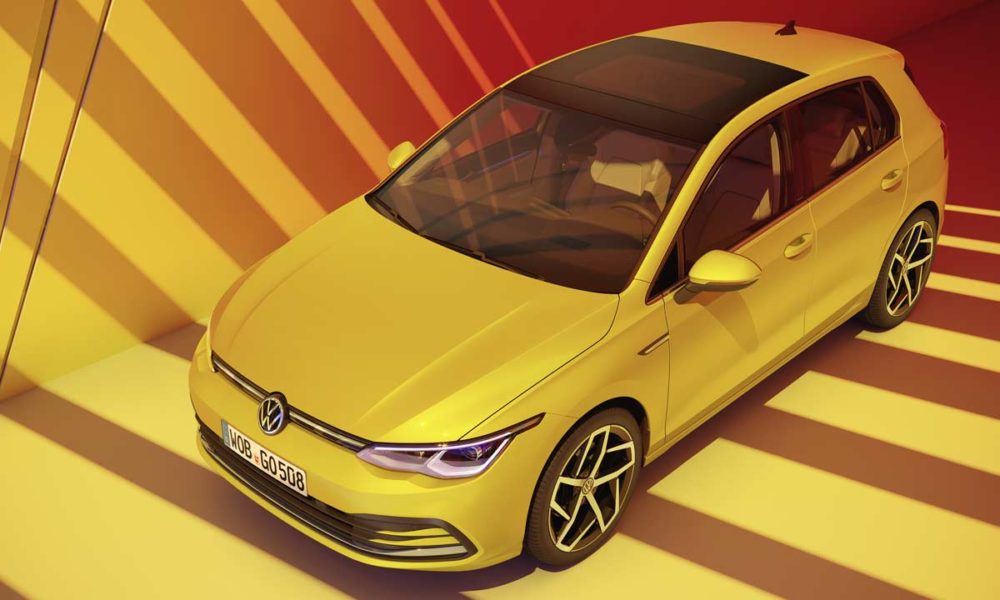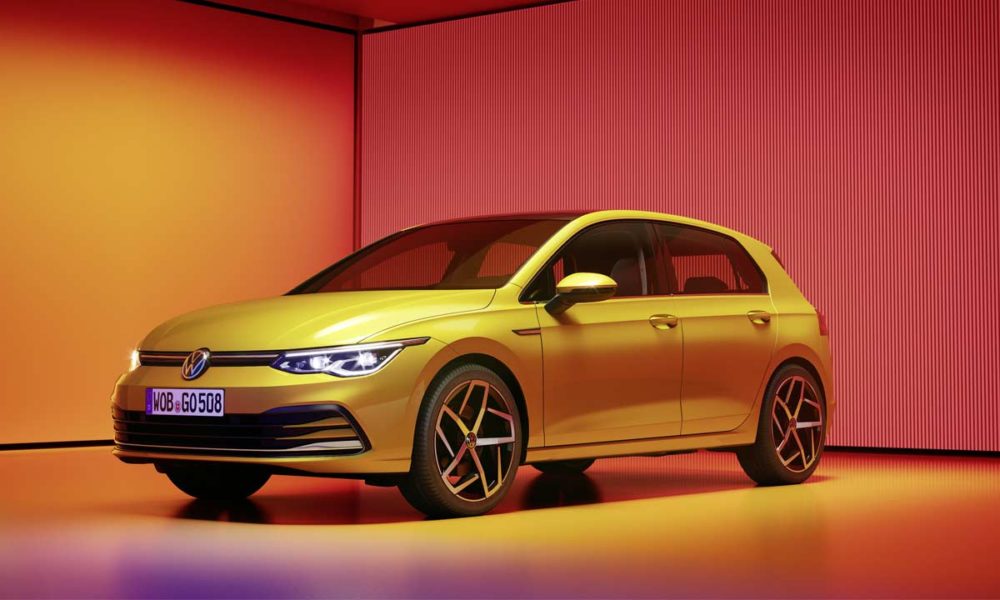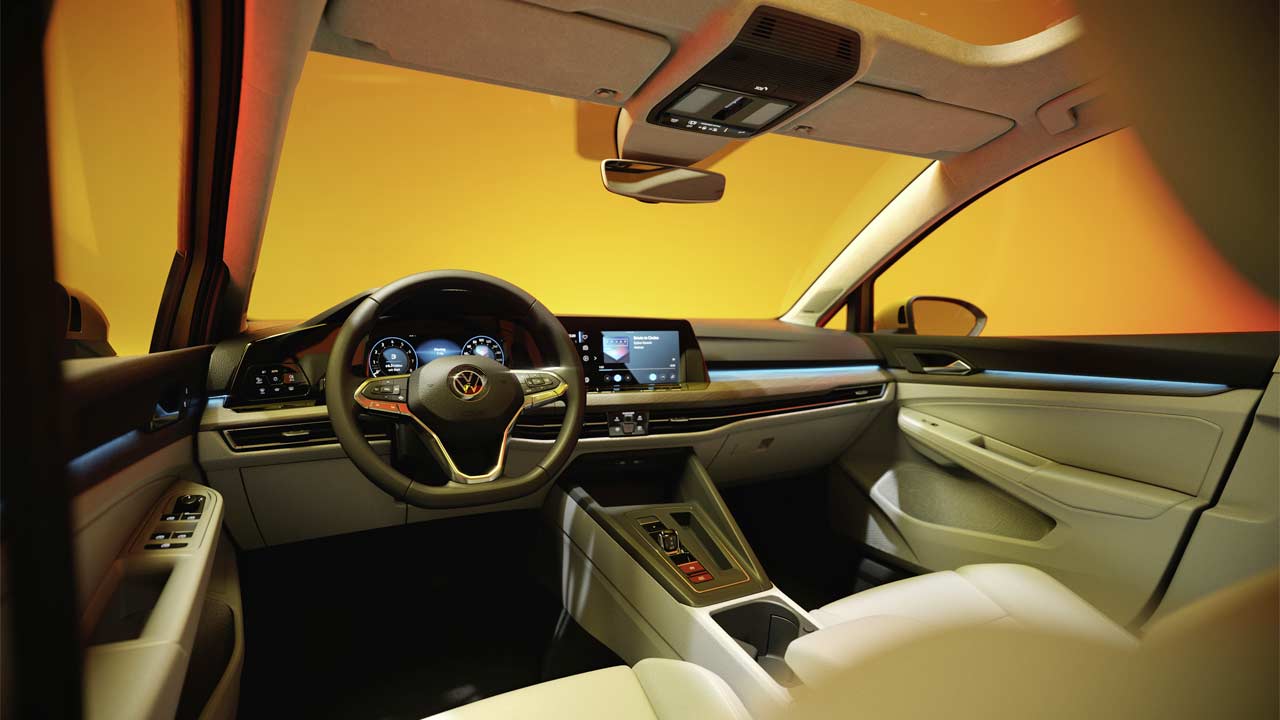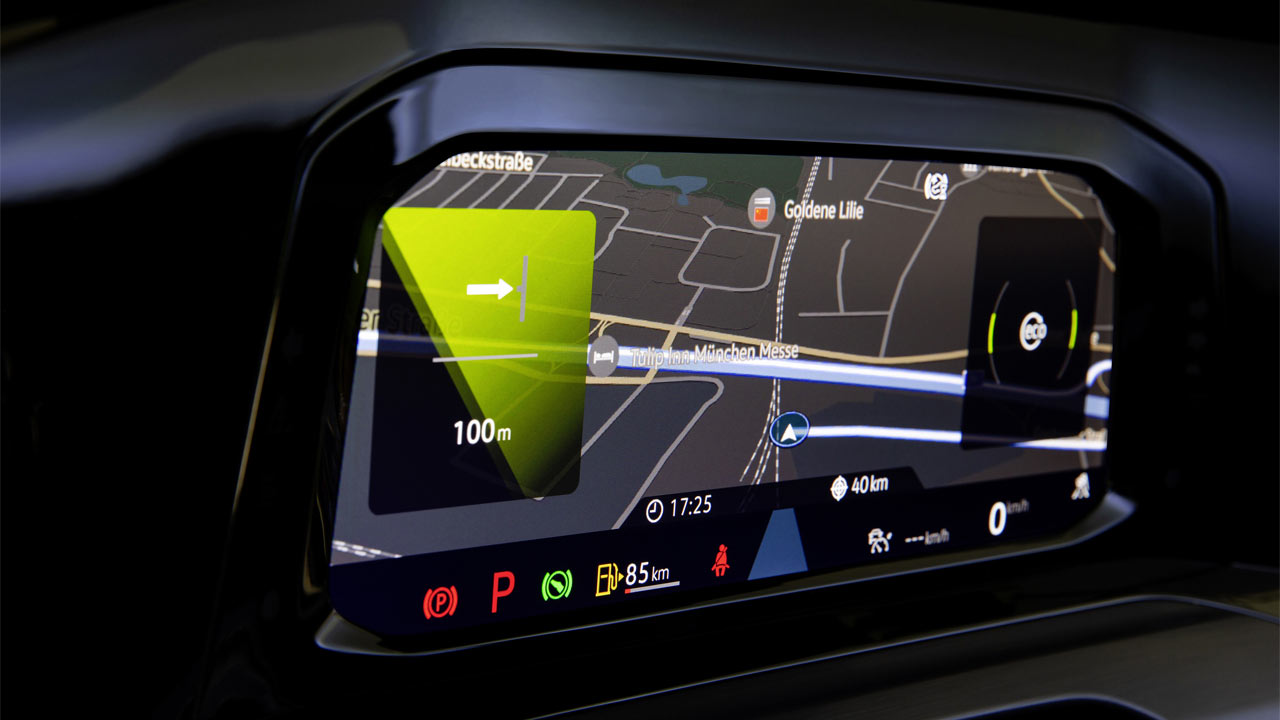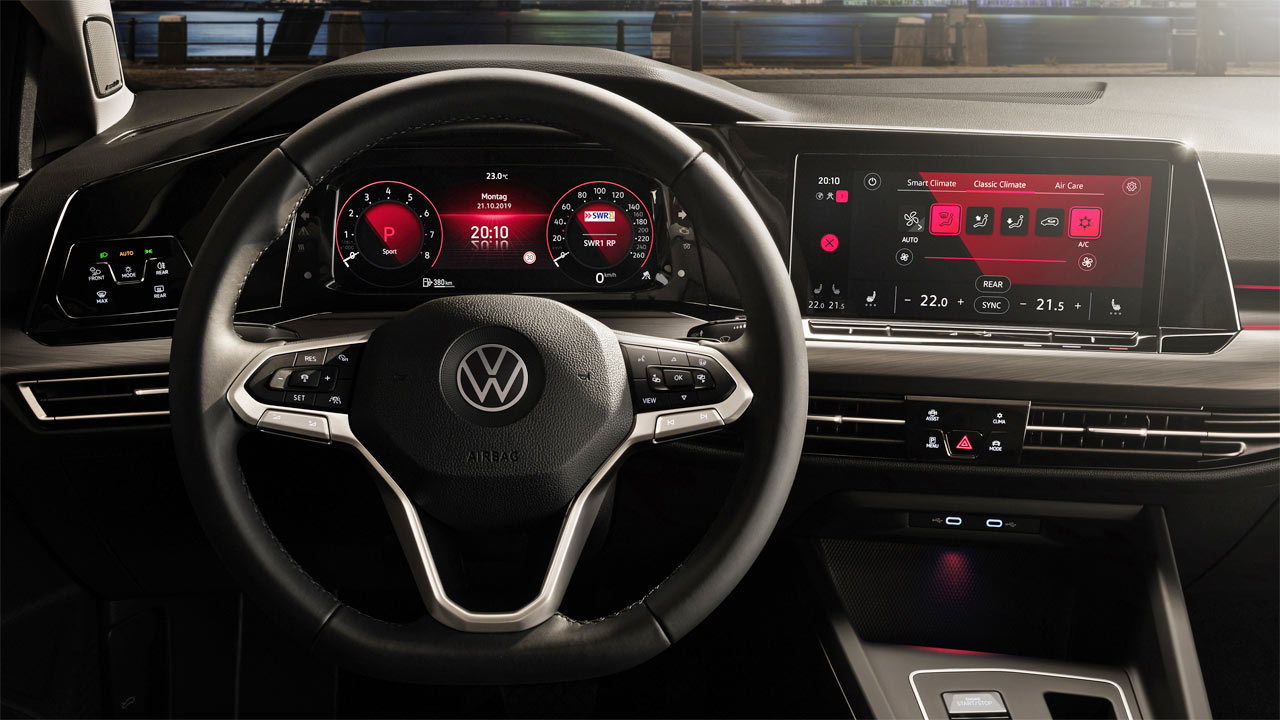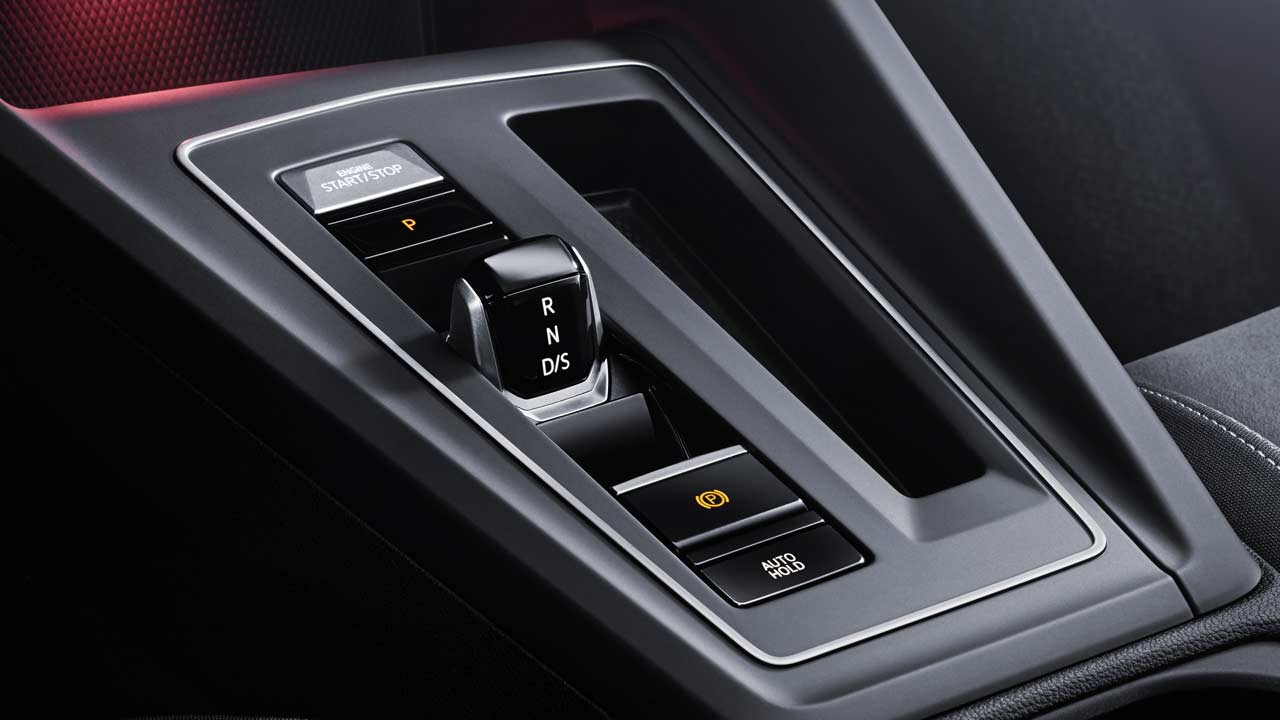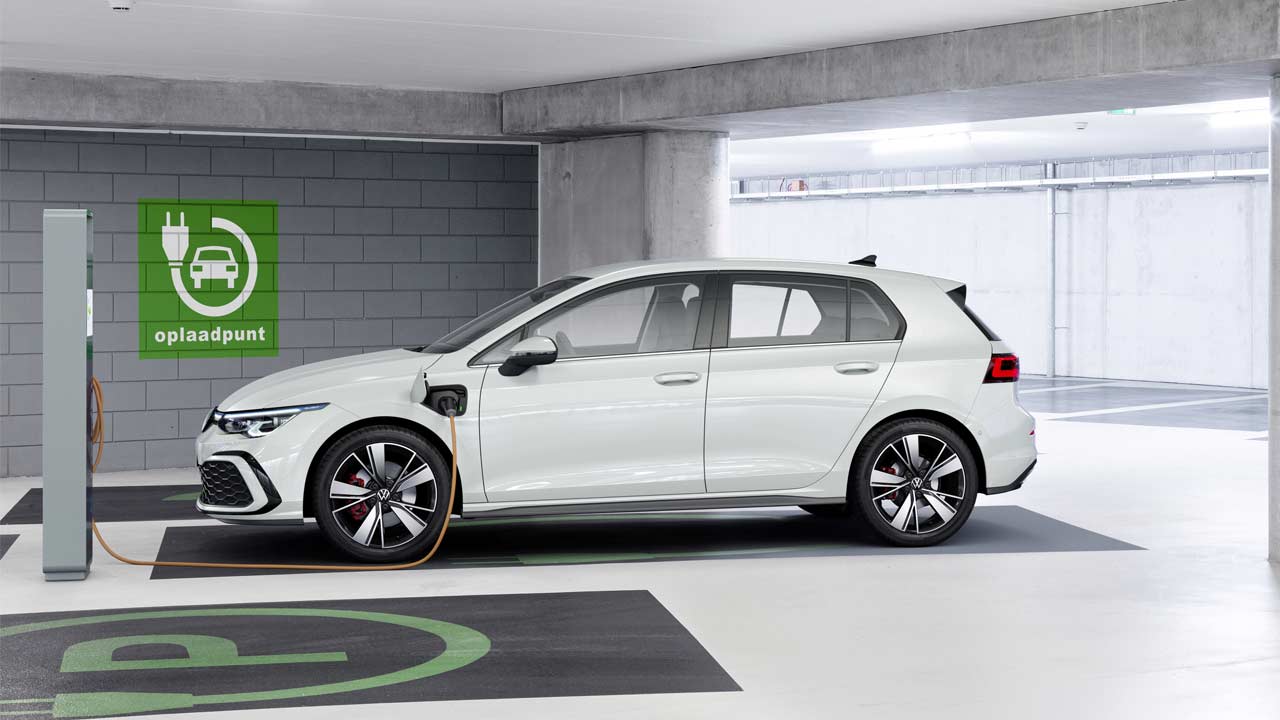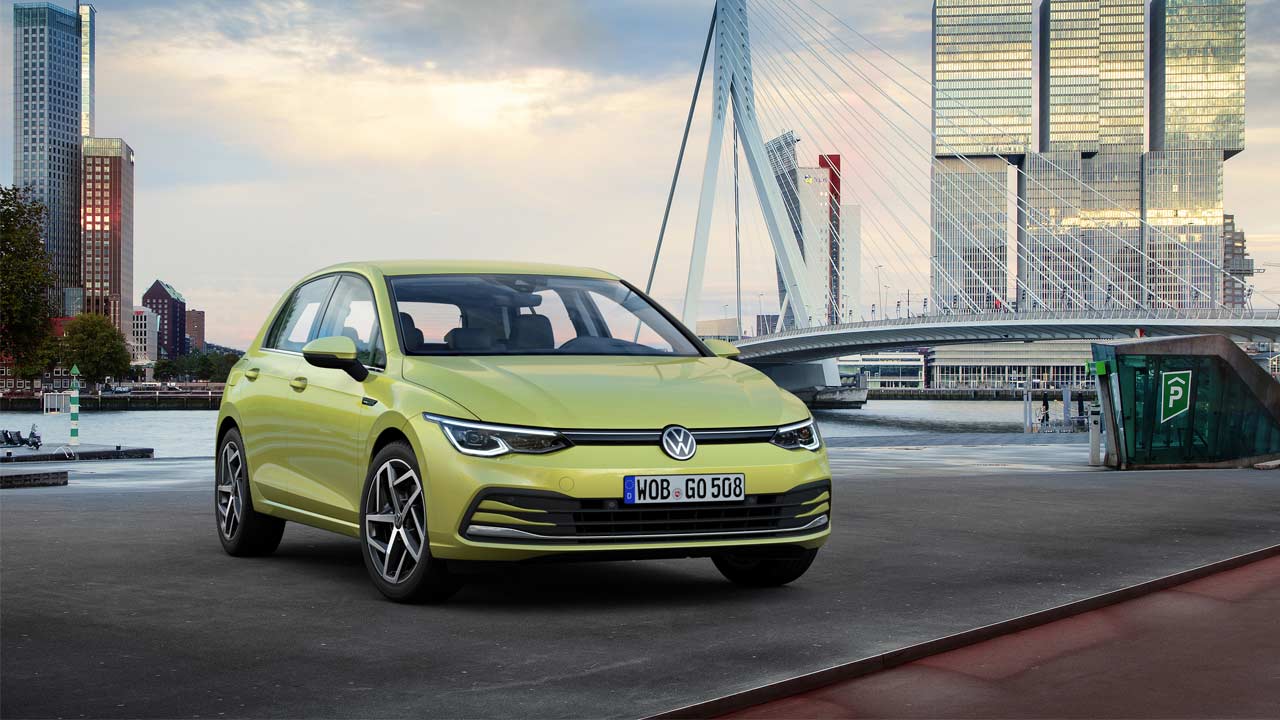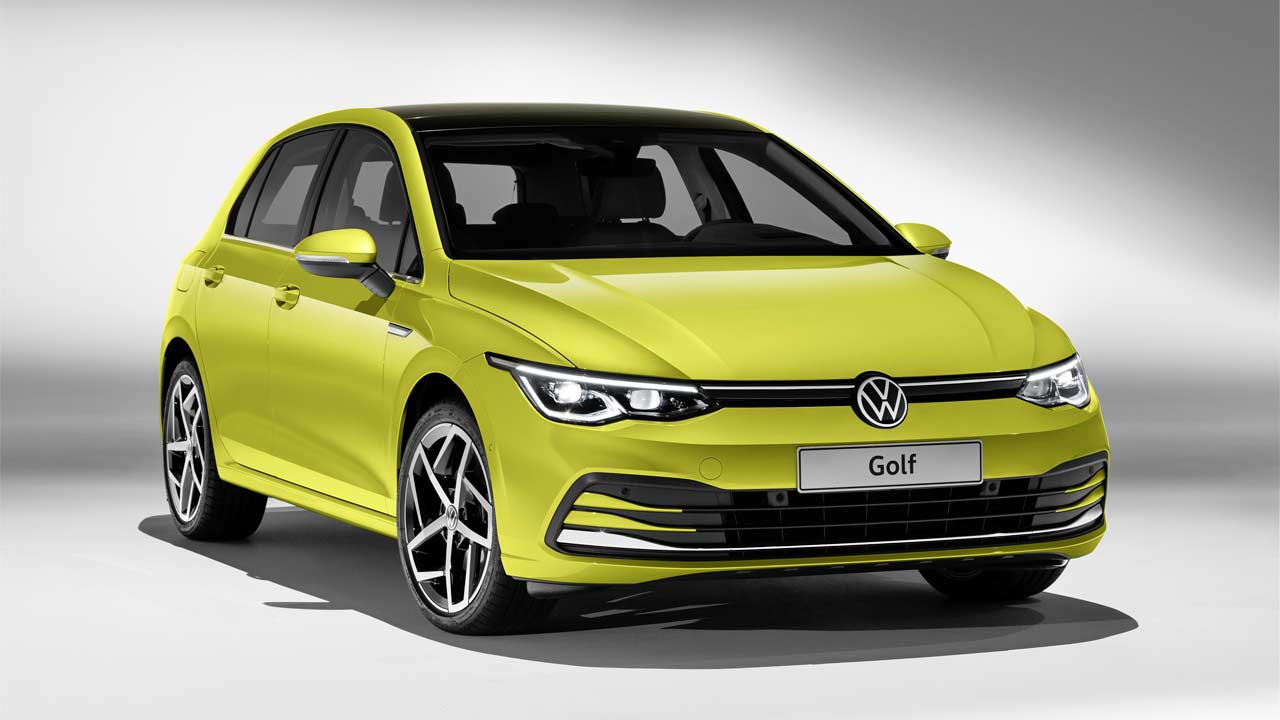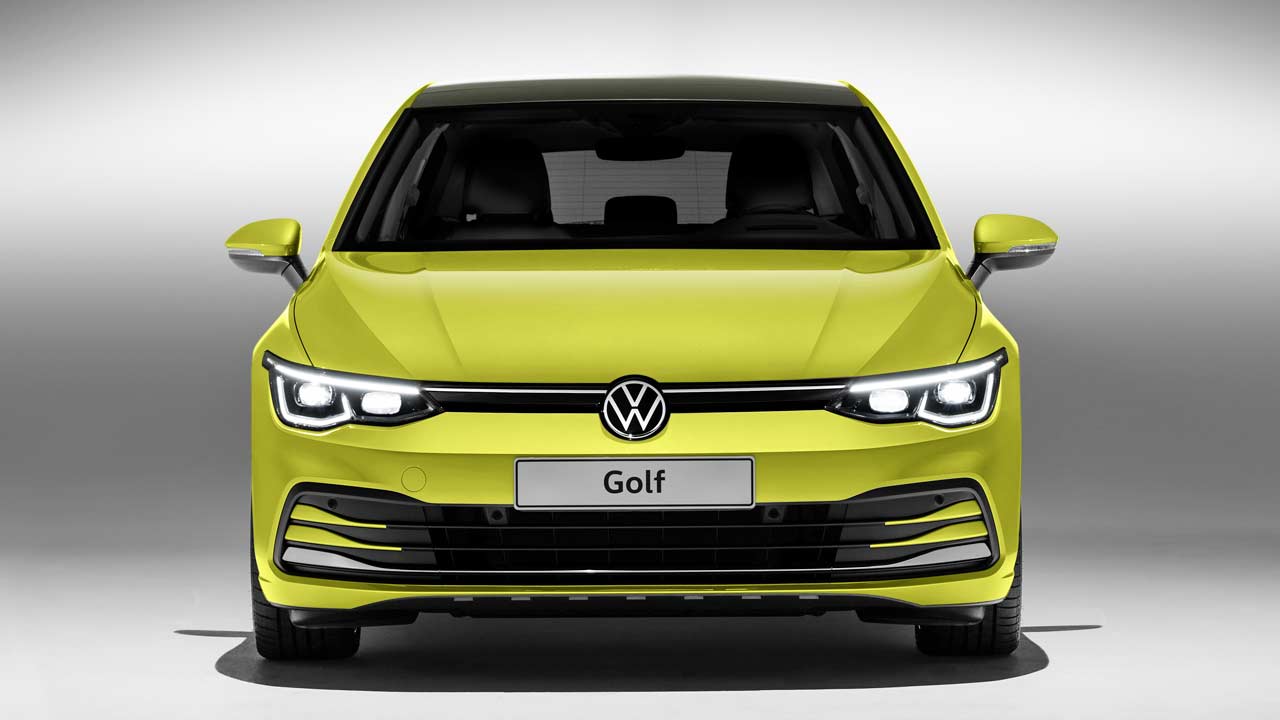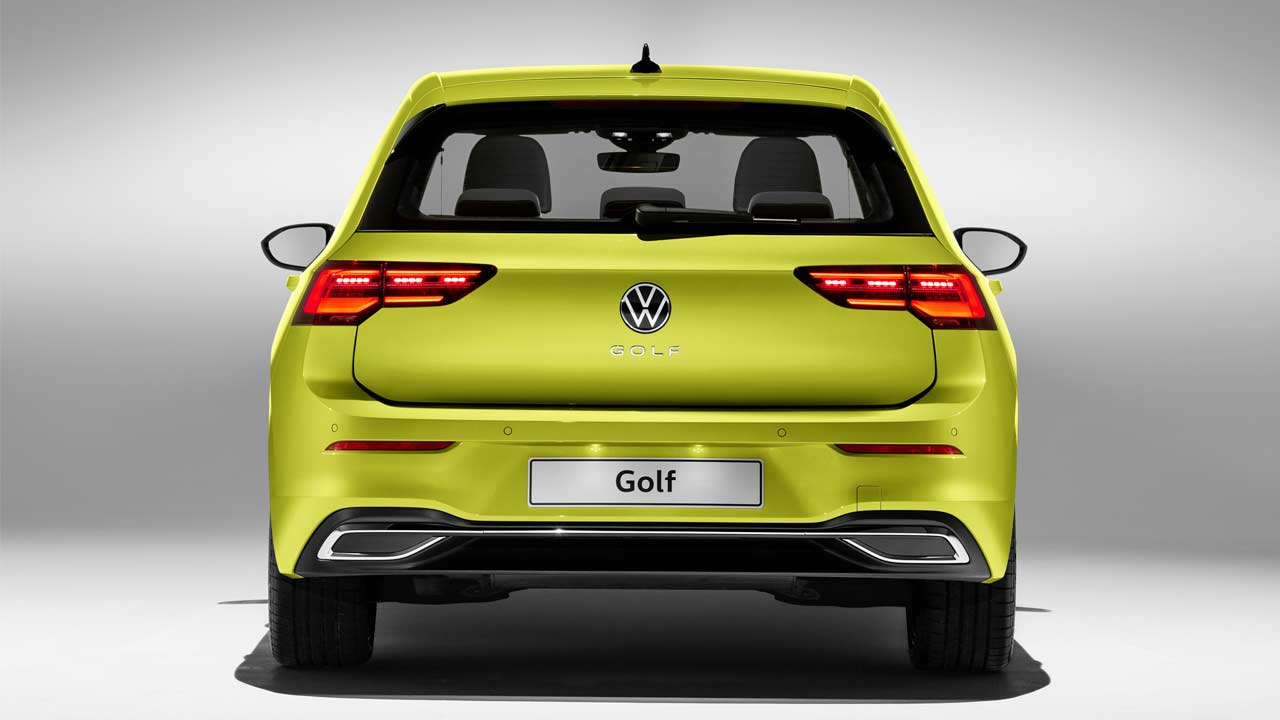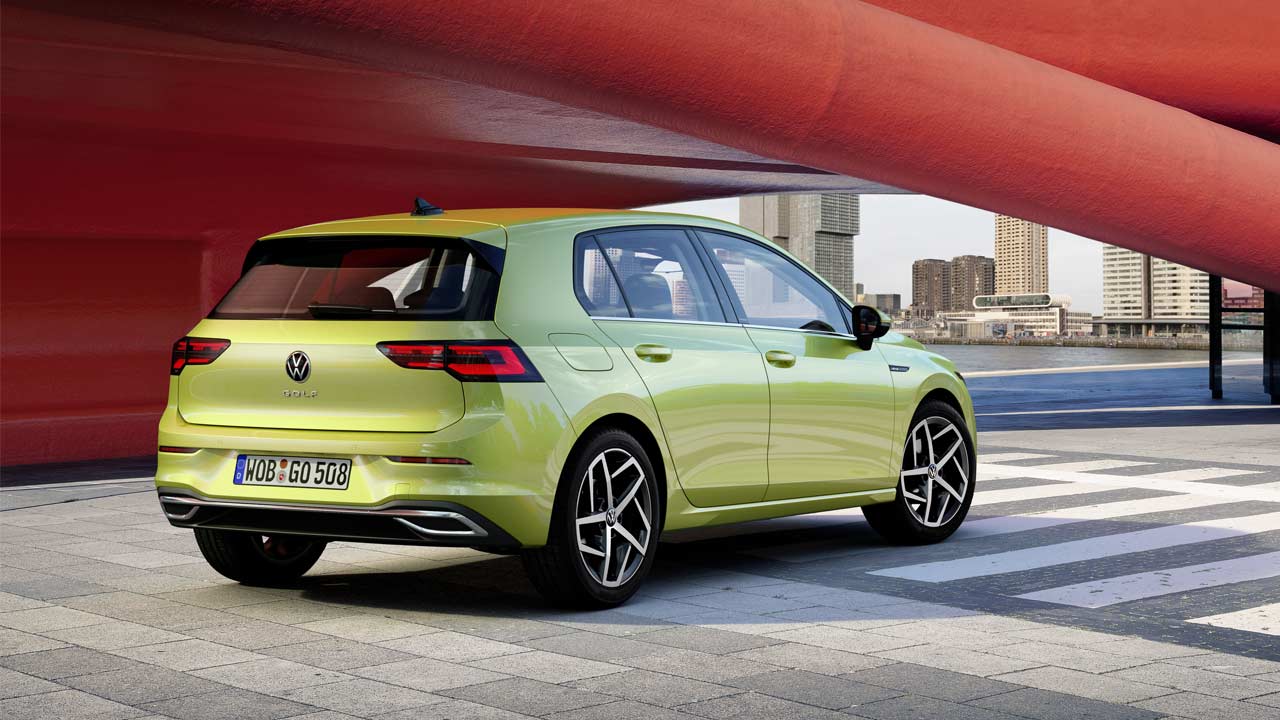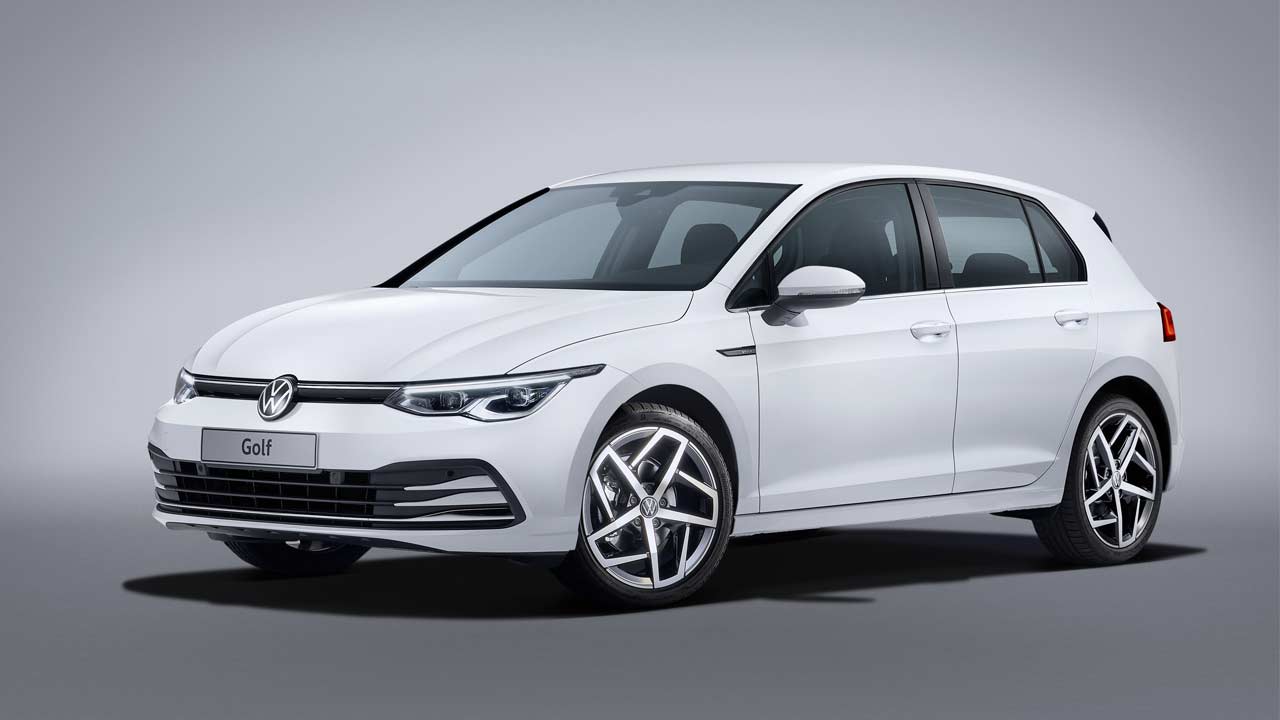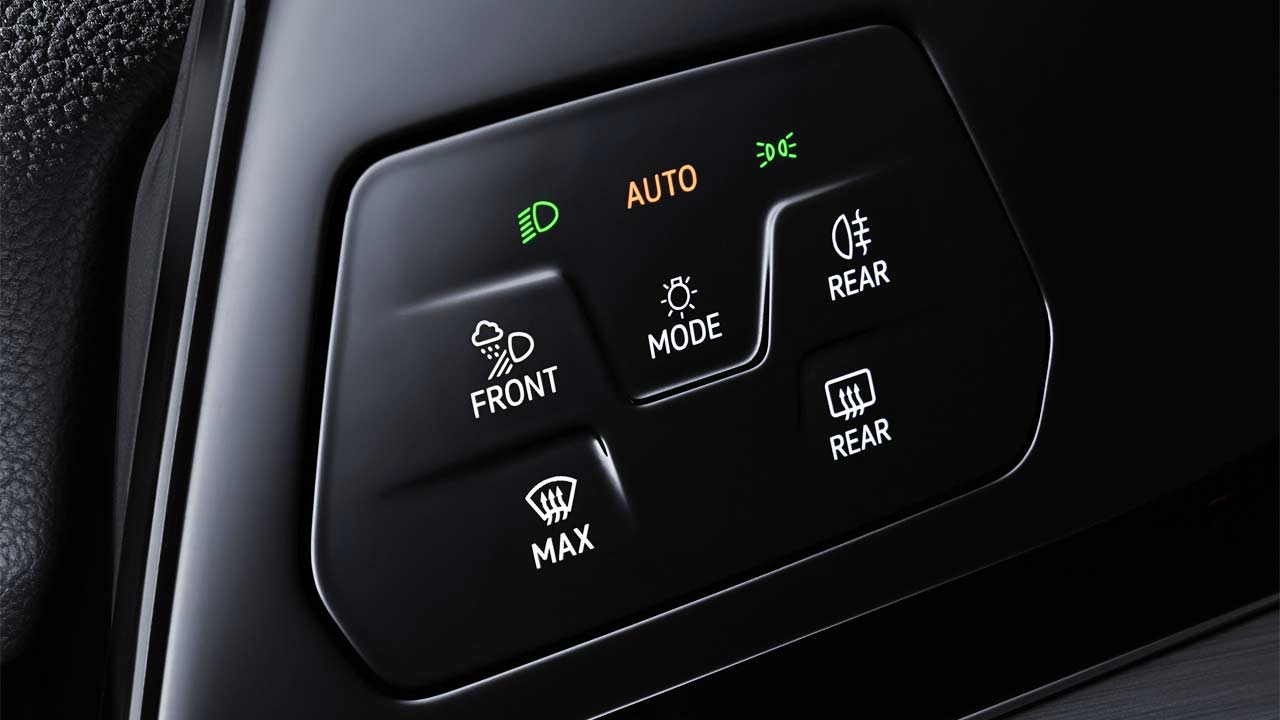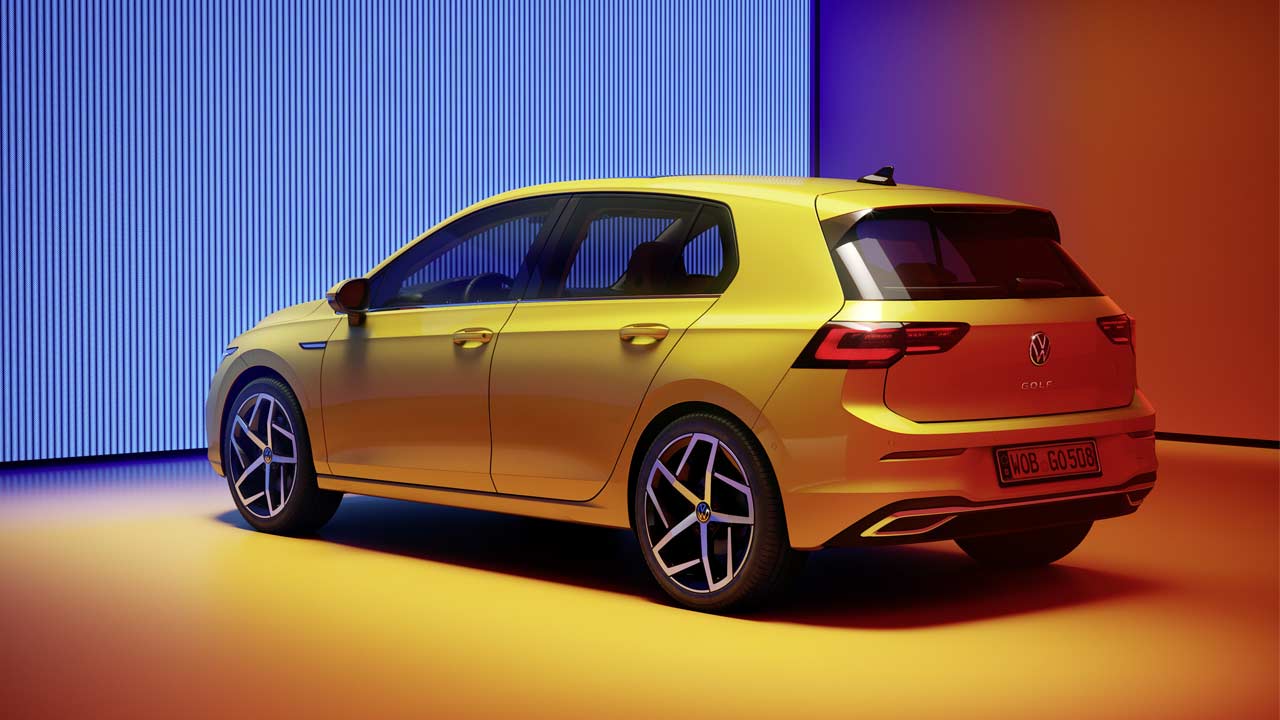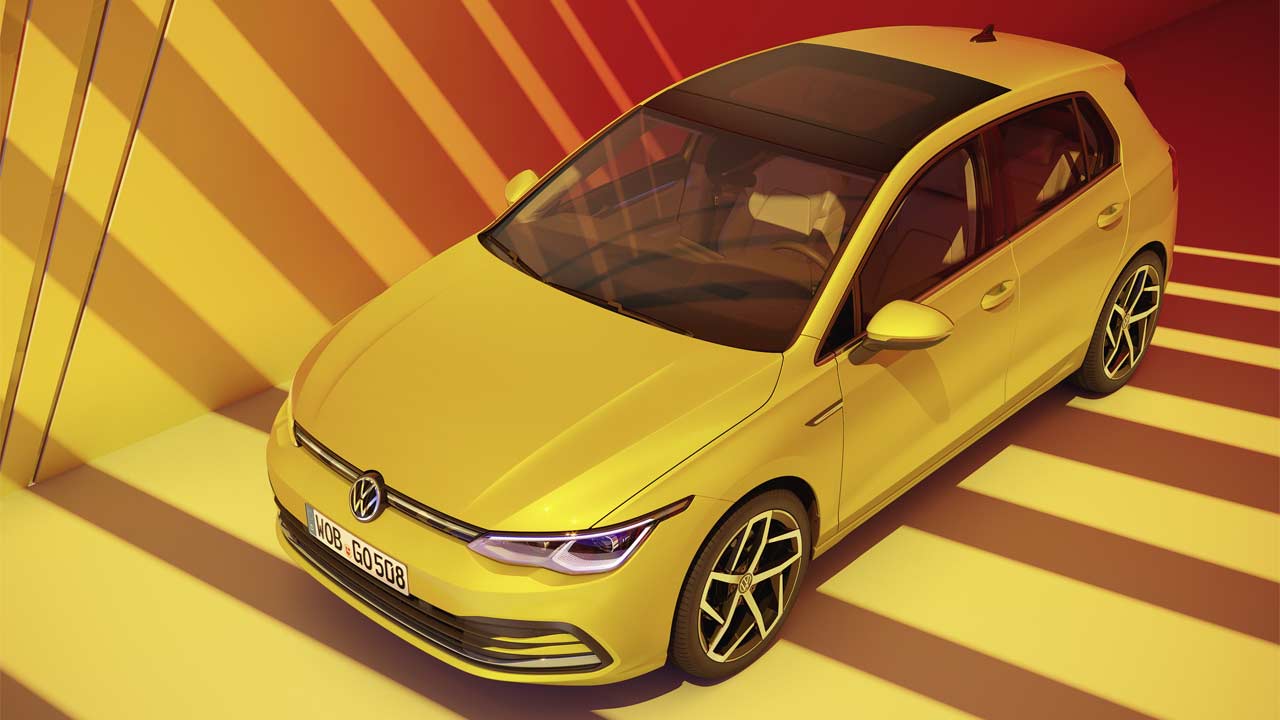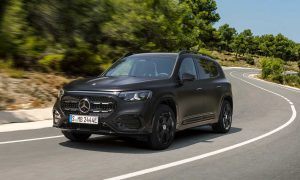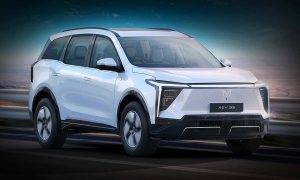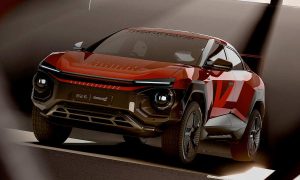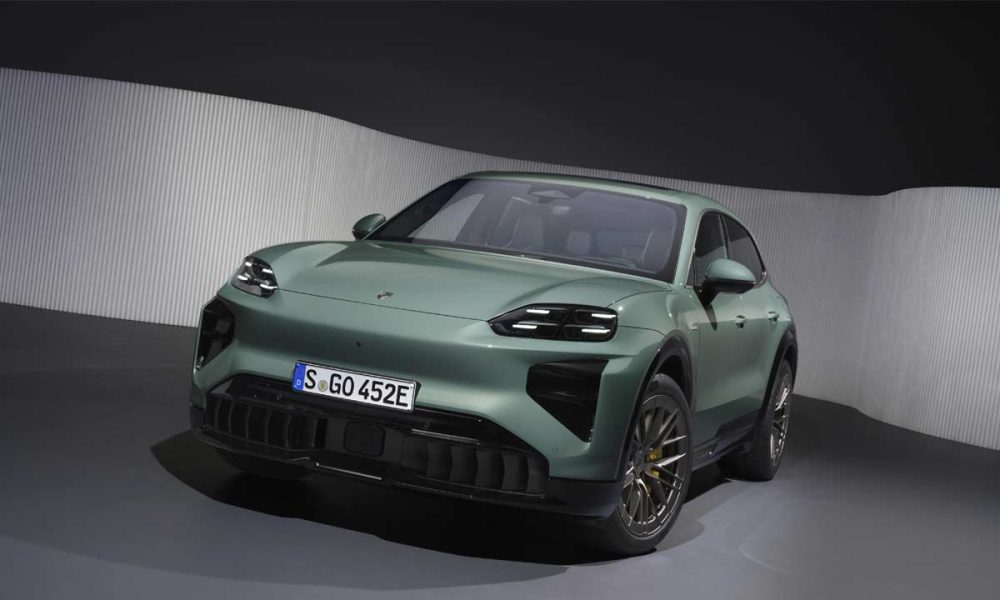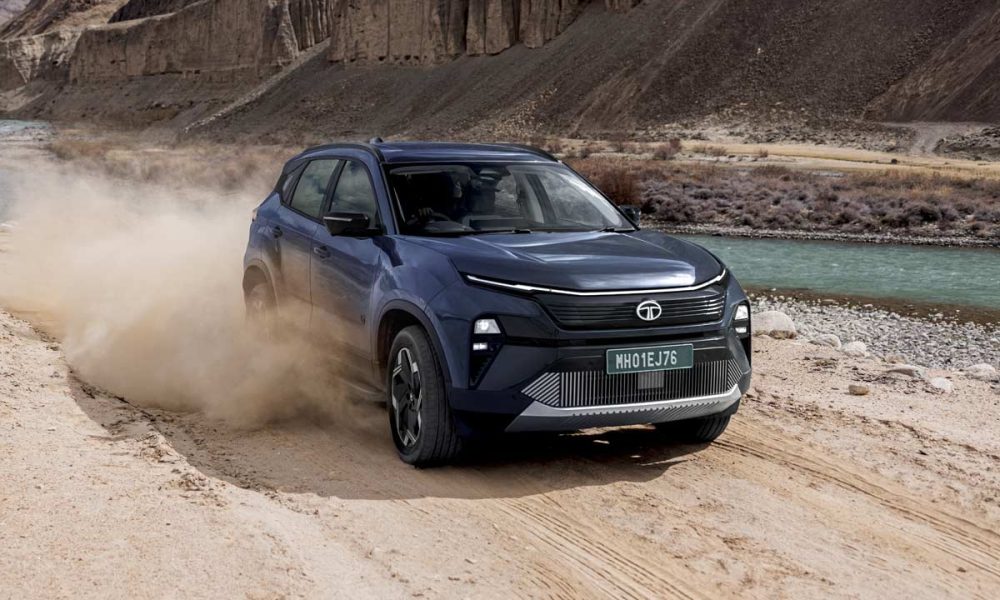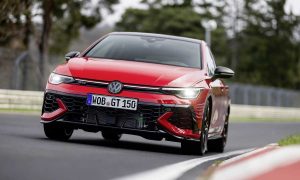Volkswagen has taken the wraps off the 8th generation Golf at the company’s home in Wolfsburg, Germany. It’ll go on sale in Germany this December.
While the new design with slippery surfaces has resulted in a lowered drag coefficient of 0.275 Cd, there aren’t many changes to the dimensions of the vehicle. The new Golf measures 4,284 mm long, 1,789 mm wide and 1,456 mm high. The wheelbase measures 2,636 mm. Standard features include LED headlights and LED taillight clusters and 16-inch alloy wheels. The R-Line and GTE (2020 premiere) models get 17-inch alloy wheels, with the latter getting red brake calipers.
The top-of-the-range version will feature a powerful IQ.LIGHT—LED Matrix headlights with 22 LEDs per headlight Matrix module.
The fresh interiors get a 10.25-inch digital cockpit as standard. Other features include 3-zone climate control, 8.25-inch touchscreen infotainment and an online connectivity unit (OCU). The latter features an integrated eSIM that links to We Connect and We Connect Plus online functions and services. The new Golf also gets Car2X as standard, which is an exchange of information relevant to the traffic situation with other vehicles and traffic infrastructure within a radius of up to 800 metres.
Options include a head-up display, a 10-inch Infotainment system, a 400-watt Harman Kardon sound system, and a tilting and sliding panoramic sunroof.
Technologies can also be retrofitted at a later date. These include Adaptive Cruise Control, Light Assist main-beam control, navigation system, App-Connect (integrating smartphone apps), Wireless App-Connect (wirelessly integrating iPhone apps), a Wi-Fi hotspot and online-based voice control.
The new Golf also gets DCC adaptive chassis control. It reacts to the road surface and driving situations and influences the steering, braking and throttle inputs in this process. Drivers can set DCC modes to reduce body movements and adapt them to their liking.
The Travel Assist technology makes its debut for the first time in a VW model in the compact class, which makes it possible to drive on highways at up to 210 km/h without actively steering, accelerating, or braking.
As for the business end of the story, the 8th generation Golf will be available with various powertrains. The options will include a petrol (TSI), diesel (TDI) and natural gas drive (TGI); two 3-cylinder petrol engines with 66 kW (90 hp) and 81 kW (110 hp), two 4-cylinder diesel engines with 85 kW (115 hp) and 110 kW (150 hp), and a TGI with 96 kW (130 hp).
The new TSI variants are claimed to have particularly low consumption values and emissions, thanks to elements including a TSI Miller combustion process. The TDI powertrains use twin-dosing technology (two SCR catalytic converters) to significantly reduce nitrogen oxide emissions (NOx) by up to 80% and consumption lowered by up to 17% compared with its predecessor.
As for the electrification, there’ll be a 48-volt mild-hybrid variant called eTSI with three outputs: 81 kW (110 hp), 96 kW (130 hp) and 110 kW (150 hp). These variants are claimed to enable fuel savings of around 10% (based on WLTP).
The plug-in hybrid variant will be offered in two outputs: 150 kW (204 hp) as standard, while the sporty GTE delivers 180 kW (245 hp). Both will get a 13 kWh lithium-ion battery pack that is claimed to offer a pure electric range of up to 60 km (37 mi).

Leave a Reply
Note: Comments that are unrelated to the post above get automatically filtered into the trash bin.
